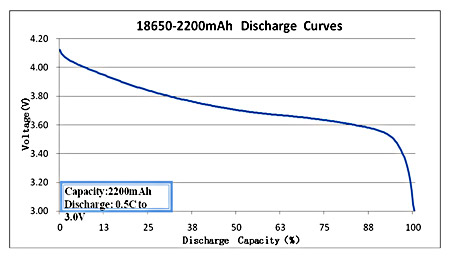Hi,
I want to use battery service in my beacon for that i have tried two examples of sdk14 on nrf52 dk
1)ble_app_hrs
2)ble_app_proximity
in first example ble_app_hrs values decrease 100% to 99% then 98%.....till 81% then increment 81%then 82%....100% then again start to decrease when notification is enable.
in second example ble_app_proximity values changes from 4% to 3% and vice-versa .
How can i calculate actual battery percentage?



